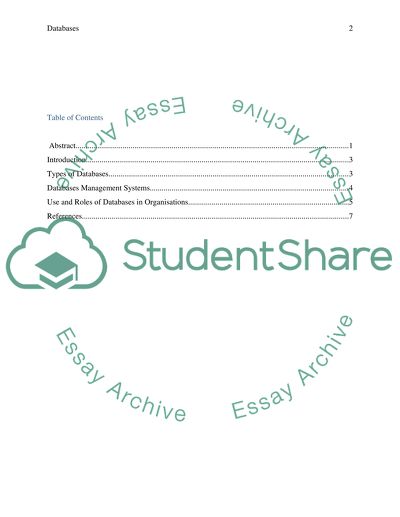Cite this document
(“Databases Essay Example | Topics and Well Written Essays - 1000 words”, n.d.)
Databases Essay Example | Topics and Well Written Essays - 1000 words. Retrieved from https://studentshare.org/information-technology/1443646-databases
Databases Essay Example | Topics and Well Written Essays - 1000 words. Retrieved from https://studentshare.org/information-technology/1443646-databases
(Databases Essay Example | Topics and Well Written Essays - 1000 Words)
Databases Essay Example | Topics and Well Written Essays - 1000 Words. https://studentshare.org/information-technology/1443646-databases.
Databases Essay Example | Topics and Well Written Essays - 1000 Words. https://studentshare.org/information-technology/1443646-databases.
“Databases Essay Example | Topics and Well Written Essays - 1000 Words”, n.d. https://studentshare.org/information-technology/1443646-databases.


